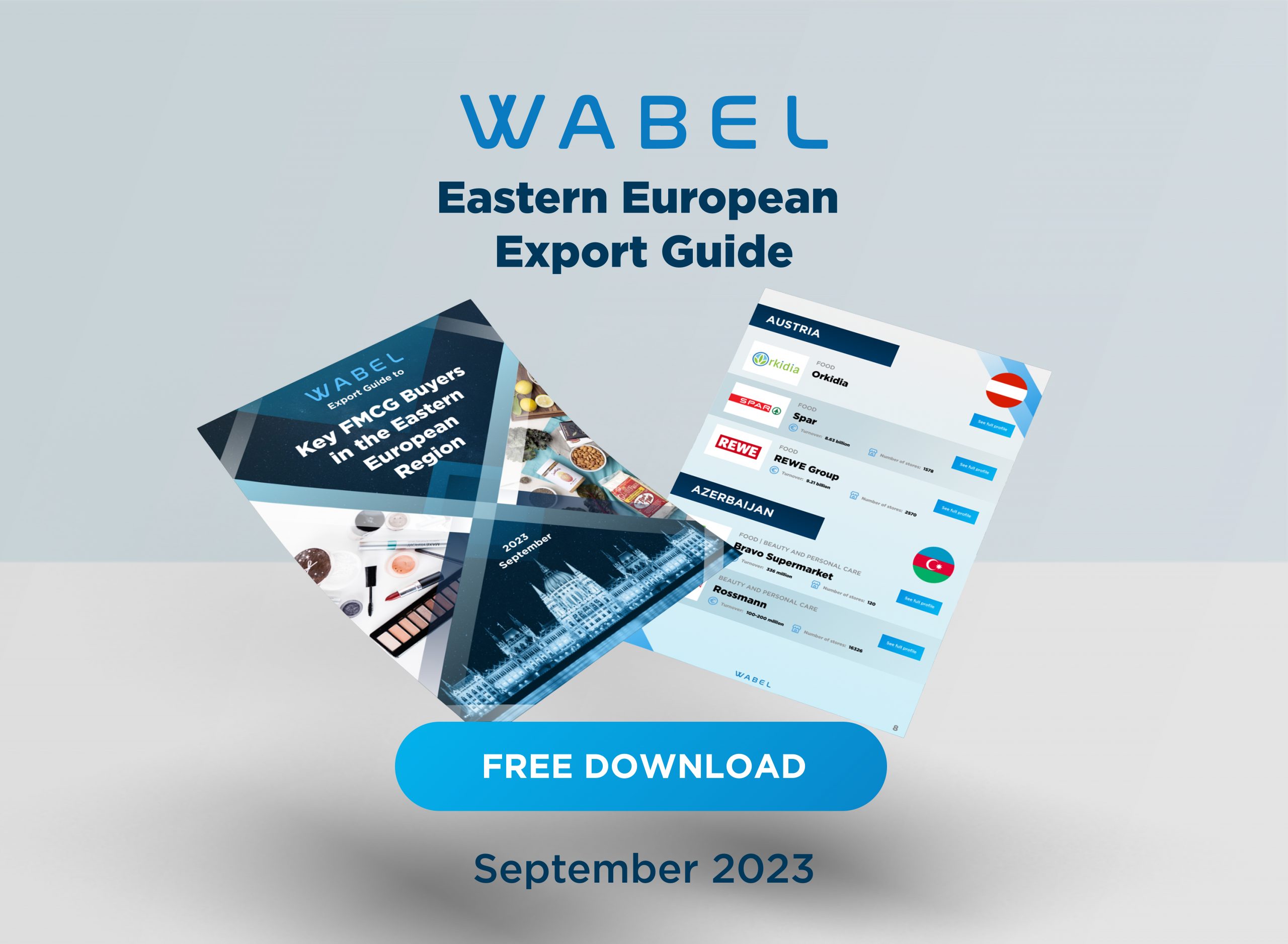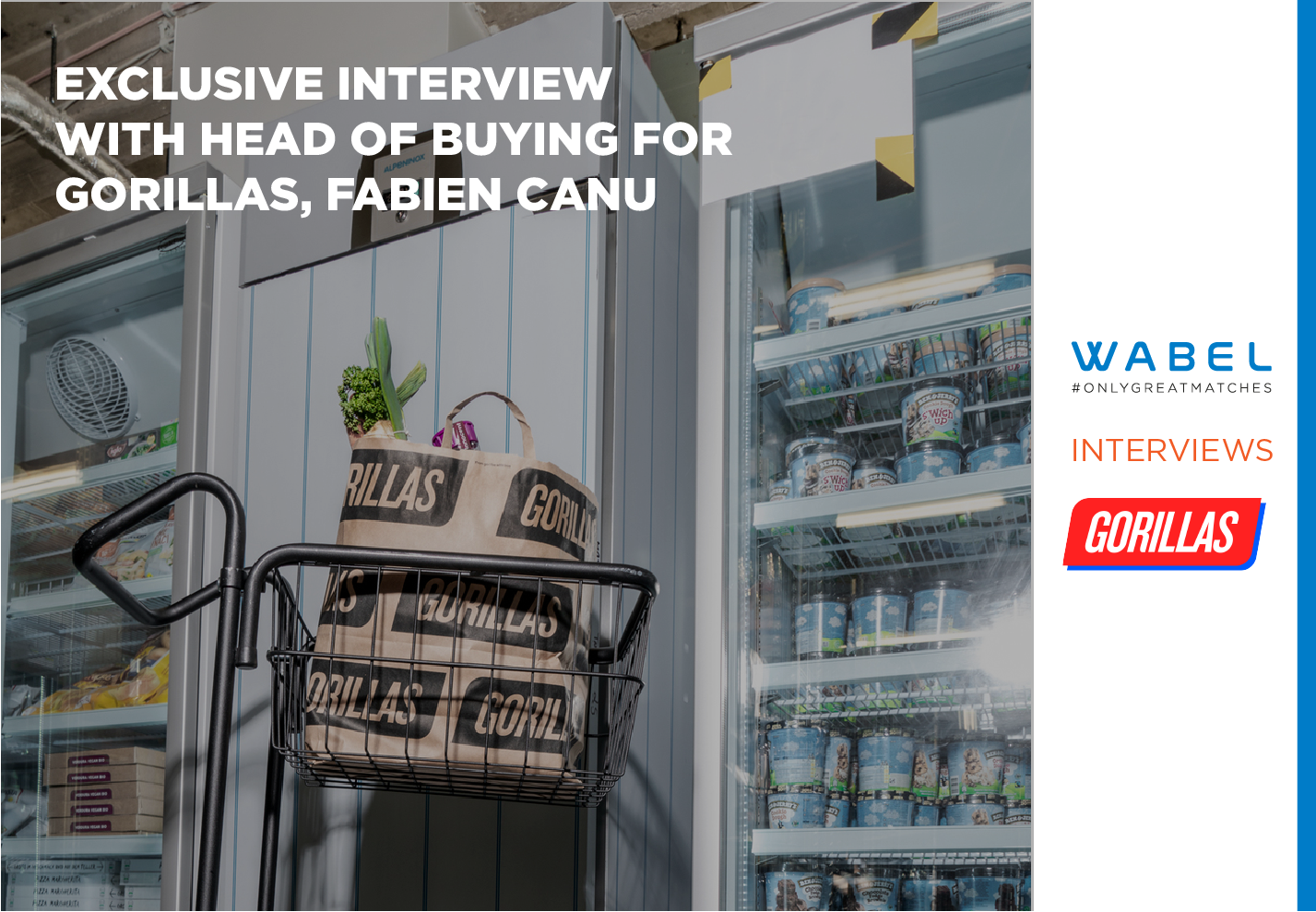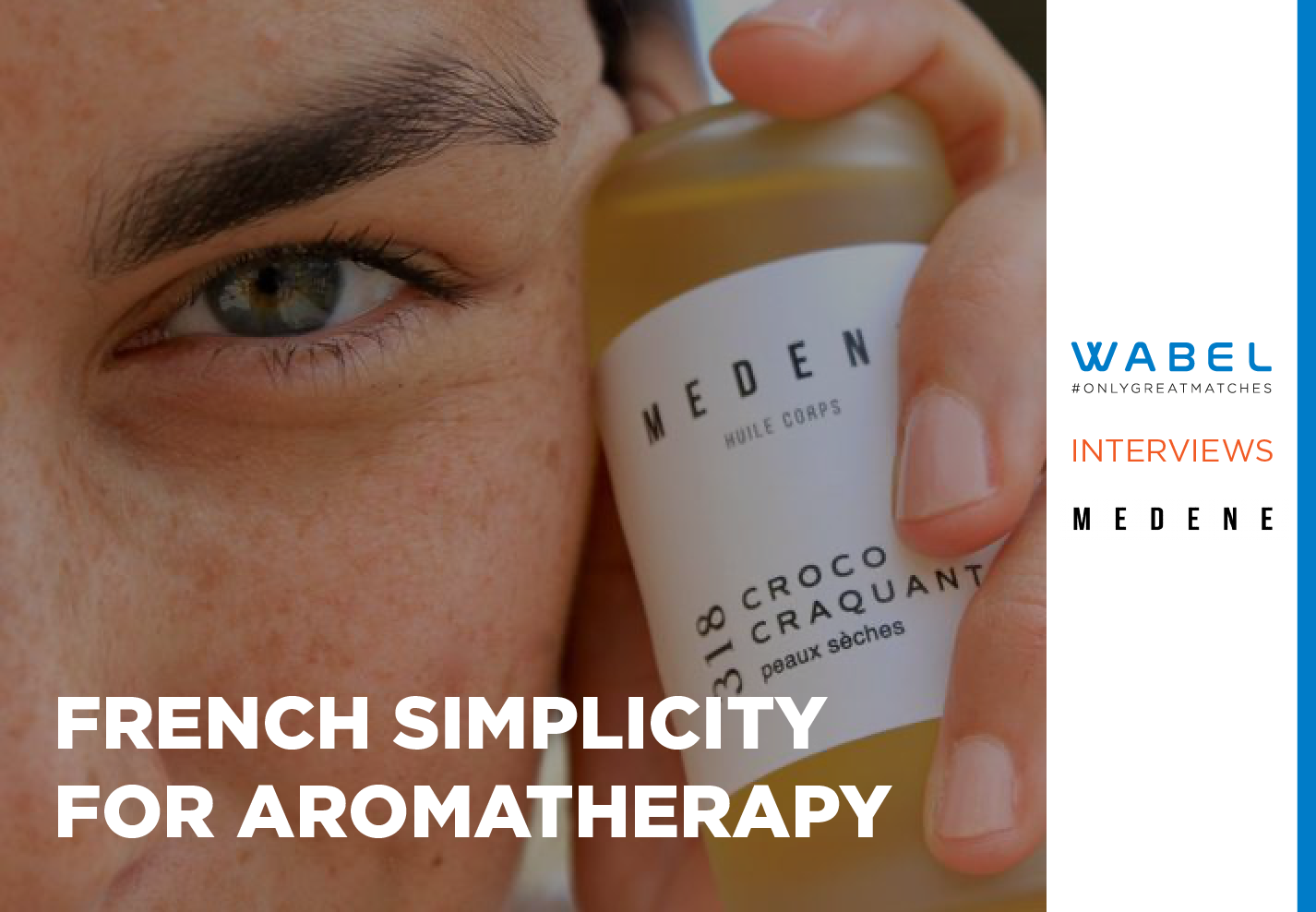When should buyers use cost models? How to create a category cost model? Check what Mintec is saying about the value of cost models in the Private Label industry.
The total cost of ownership (TCO) of a product is sometimes compared to an iceberg. Figure 1 represents how the total cost of a product is far greater than just the visible price, i.e. the tip of the iceberg. The model considers everything from research and engineering costs, to labour, social, and economic costs. This model therefore is unsurprisingly named the “priceberg” model.

Figure 1: Total cost of ownership: Priceberg, source: buyerinsights.com
Now let us think about a private brand in your portfolio. How much does your organisation truly understand about TCO; can you truthfully answer all of the following questions?
-
What is your suppliers’ profitability from your business?
-
What is their labour cost per unit?
-
What changes have occurred in their packaging costs over the 12 months?
-
What are the key cost drivers for their raw materials?
-
Are the overheads fairly apportioned to your account?
If you can answer these questions then your supplier is probably classed as strategic. You understand TCO and you are very likely to have an interdependent relationship; your success is their success and vice versa. In reality each business will have a number of strategic partners, but these will be the minority.
The rest of your suppliers will fall into more tactical categories and you won’t have all the information needed to create a total cost of ownership model. I would recommend that looking at the price of raw materials is the next best thing. FMCG goods are manufactured from multiple, potentially volatile, raw materials. With access to raw material prices and to your recipes, you should be able to create a simple cost model.
So, when should I use cost models?
When using any modelling tool, firstly you must relate it back to your company’s business objectives; are you looking for strategic or tactical advantage? Below are a few examples to help guide your approach.
Using cost models tactically (to challenge price):
-
To increase the level of buyer power in negotiations
-
To identify and challenge the supplier’s negotiation position
-
To create a different negotiation framework
-
To challenge price increases, profit or overhead aspirations
Using cost models strategically (to understand total cost of ownership):
-
To gain alignment on true costs
-
To create open book pricing
-
To align purchase price with supplier input costs
-
To challenge or agree supplier overhead expenses
Figure 2 outlines how you can use cost models tactically to leverage private label products in the negotiation process.

Using cost models in the approach described above lends itself to analysis of individual stock keeping units (SKUs). But how do you use cost models to your advantage if you are purchasing a number of different SKUs from the same supplier?
Creating a category cost model
The answer is simple: we have to embrace up-to-date market intelligence and efficient information technology systems to support smart decision making. Figure 3 below highlights how a conceptual category manager dashboard can be used to create a cost model for multiple SKUs.

Figure 3: Example of a Category cost model, source: Mintec 2016
Let’s assume we are purchasing multiple SKUs from a ready meal supplier. To create a supplier category index, you must firstly identify the approximate value of key raw materials across the category. Then, using the principle of weighted modelling, these factors are combined together to form a dynamic cost series indicative of the category.
Using a supplier category index moves you closer to understanding total cost of ownership. From here, you have the insight needed to form the basis of a strategic negotiation; achieving advantage across an entire category rather than individual SKUs.
Cost modelling is an important negotiation tool that you should have in your armoury as any savings you bring to your business will have a positive effect on your bottom line.
If you’d like to learn more about how to use cost models in private label negotiations, please do not hesitate to get in touch: nick.peksa@mintecglobal.com
Future direction – help us decide
The great thing about being involved with private label is there is always scope for improvement. There is certainly more information we can gain as a buyer going forward and certainly more content for a future newsletter – if you would like us to write about any of these topics please let us know.
- Establish quality cost modelling information
- Establish accurate indices
- Set contract terms to benefit the longer term
- Motivate the supplier to see the buyer as a preferred customer
- Agree purchase timings









